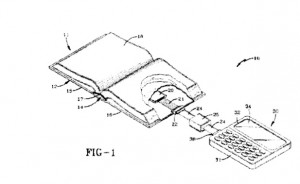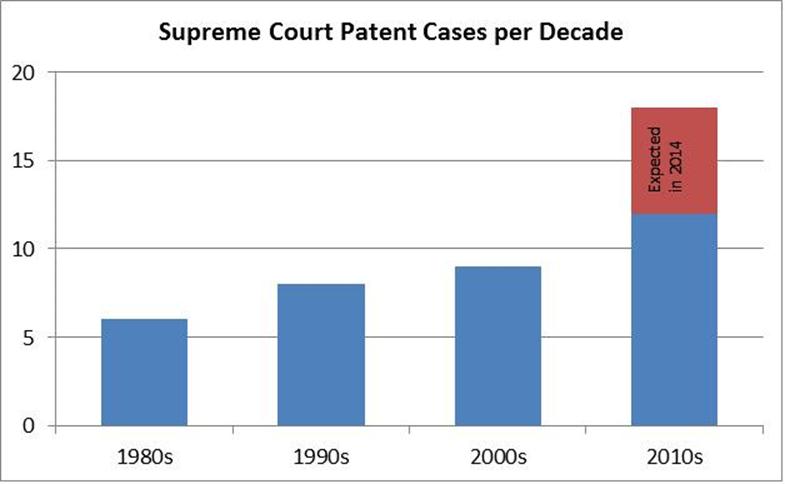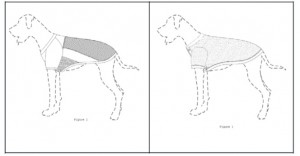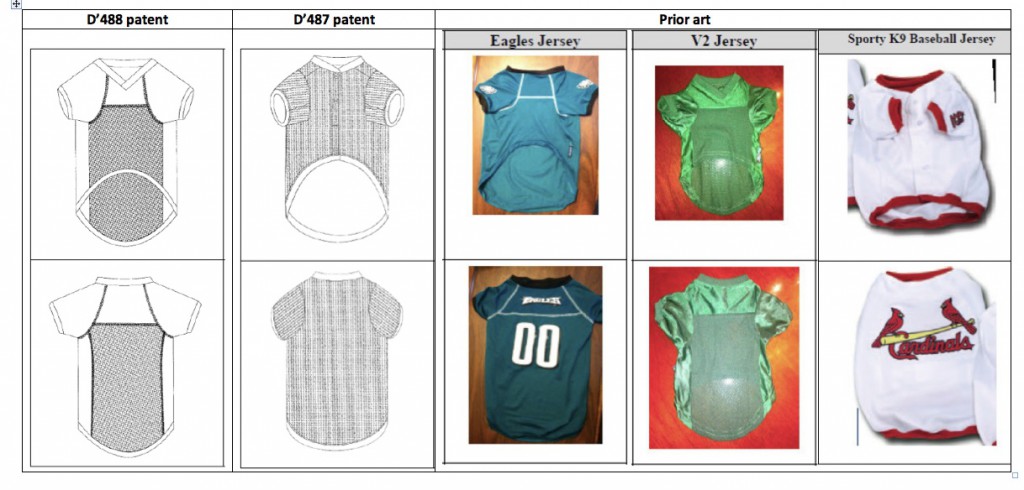Below is my account of the Patent Troll debate at PatCon 4. As those who were in attendance know, it was a dynamic, insightful, and interesting discussion about a very complex issue.
Resolved: That hostility to patent trolls is not well justified theoretically or empirically and will likely result in bad law.
Pro: David Schwartz, John Duffy
Con: Michael Meurer, Mark Lemley
***
John: Hostility to patent trolls unfounded as a theoretical matter. Patent trolls rely on two fundamental features of the patent system, and that defines their business model.
1) Alienability of patent rights: this should not be changed. This is something that should be kept, not just because of property rights theory generally, but also because of patent rights in particular. This is because inventors are generally not people who are good at business. So you need to allow these people to transfer their patent rights to others.
Consider AT&T research labs: better to have everything integrated into a massive corporation or to have rights spread out among lots of people.
2) Litigation costs are high. We should generally not be happy about this generally. We can all agree that this is a problem. But patent trolls are more efficient at dealing with this type of litigation. They’re more capable of asserting of asserting these rights. Also, keep in mind that if you have relatively narrow patent rights, you’re going to need an efficient market for those narrow rights. This is the role that patent trolls offer. This allows for the valuation of patents.
Mike – Three observations:
1) Relatively little troll activity at the start of the 20th century
2) Small businesses have motivated Congress and the White House to pursue a variety of reforms
3) Peter Detkin thinks that there is a lot of evidence that some folks are gaming the system.
Empirical research shows that patent trolls impose a tax on innovation. This hazard increases with R&D investment. Other research supports this conclusion. Patent defense imposes a cost on companies’ Research and Development. Patent defense has a negative effect on small firm R&D persisting for up to three years. This harm was present even if the defendant won the lawsuit. This is particularly concerning since there’s evidence indicating that patent trolls frequently lose their lawsuits.
This produces a chilling effect, that is strongest among small, high-tech firms. New research by Catherine Tucker showing patent troll litigation “was associated with a loss of roughly $21.8 billion of VC investment over the course of five years.”
Dave: Theory that NPEs can be good for the system because they’re specialist. Prof. Meuer system seems to be arguing that the whole patent system doesn’t work. Dave can’t address all that; the debate here is just over whether the specific entity that holds the patent matters. And he’s not convinced.
Dave might be persuaded if the suits were mainly frivolous, then there might be a big problem. But there’s not clear evidence of this. Going to lay out some guideposts about what he thinks are the right way to think about this issue:
1) Critical issue of what a PAE is. This definitional problem needs to be overcome first. Anyone that doesn’t practice the patent? Too broad; encompasses universities, individual inventors, aggregators.
2) Need to have a baseline to compare to. If the type of entity is the problem, then it can’t just be problems endemic to the patent system that matters.
3) Need to fundamentally we as academics approach research into patent litigation. Can’t keep all this research private. Data needs to be publicly available, for many reasons. For example, the definitional issue: does this change the outcome? Very hard to have a meaningful discussion about all this when the data is proprietary and held by corporations with skin in the game.
Mark: His position is that trolls aren’t necessarily the problem with the patent system. But while trolls themselves are not the problem, trolls are a symptom of real problems with the patent system. They’re a symptom of long tendency times, unclear claims, incentives to write broad functional claims. As a result of these things, anyone can easily and cheaply stand up and make a plausible claim that I’m entitle to a portion of your company’s profits. The result is a development of the ‘bottom feeder’ model, where at least some entities are pursuing a strategy of extorting nuisance value settlements. Trolls can make use of high discovery costs and asymmetries.
Is hostility to trolls making bad law? Let’s look at developments:
1) eBay: you get an injunction when you’re entitled to one.
2) We got more sophisticated with our damages arguments
3) Eliminated the willfulness infringement letter game
4) Reduced the cost of addressing patent validity by inter partes review
5) Started to eliminate forum shopping
What is Congress/Courts doing?
1) Give district courts discretion to punish frivolous suit
2) Forcing patent holders to be more clear in their claims in Biosig v. Nautilus
3) Considering reducing the cost of discovery by addressing e-Discovery
4) Considering making patent holders sue the manufacturer, rather than the downstream users or mom and pop merely as a way of increasing the royalty base.
Mike: Rebuttal to Dave and John – There are many instances of small entities – such as biotech or pharma startups – that were able to enforce their patents without the need of intermediaries. Doesn’t see a major role for tech transfer via intermediaries in the pharma and biotech areas because there is a lot of tacit information. So very skeptical were going to facilitate much transfer of technology by facilitating PAE practices.
John:
Rebuttal to Mike’s invocation of the precautionary principle: we should welcome innovation. The rise of patent trolls is a rise of innovation in law. We should not be afraid of this; we should embrace it. Also, in every other field where there are property rights, there is a robust secondary market. Consider used car markets. It’s an oddity that we don’t have one in patent law.
Rebuttal to Mark’s point on taking advantage of asymmetries. But this is something that defendants do as well – defendants are perfectly willing to take advantage of independent inventors.
Rebuttal to Mike’s event studies data. [Had to talk real fast because he was running out of time so I didn’t get it, but the button line was that Mike’s studies have flaws[
Mark: John says we have to welcome innovation. But the kind of innovation that John wants to encourage are different from the innovation that Mark wants to encourage. The type of innovation that John wants to encourage is innovation in extracting value from the patent system; innovation in the legal models. And this imposes a tax on the innovation in the technical areas. John says that this is a property system, and any property system has a robust secondary market. But this is actually an instance that shows why patent rights are not property. Patent trolls are taking rights that are lying fallow and bringing them into the marketplace. But is this possibility really providing the primary incentive for folks to engage in technological innovation.
Also, let’s think about the change. We’ve moved from a world where 2% of all patents are being enforce to perhaps a world where we’re in 50-60-70% of all patents are being enforced. That doesn’t seem like technological transfer but something else.
Dave: Going to focus just on the bottom feeder point. He’s against suits that are frivolous. But this is where the data is weakest. And this is the linchpin of the argument. Mark suggests that there are a lot of these “bottom feeder” cases. But the main study here (Lemley, Allison & Walker, http://papers.ssrn.com/sol3/papers.cfm?abstract_id=1677785) isn’t really enough.
That study looks at the most litigated patents of all time. And it finds that 90% of the patents that go to final judgment by NPEs do not win. But the problem with this study is that is relatively limited, so it may just be outliers. Also, this study appears to involve independent inventor patents, which should be kept in mind. Third, we’re equating unsuccessful with frivolous suits. But that may not be the case. Finally, there’s the problem of selection effects. Only about 10% of cases reach final judgment. There are many reasons to think that the 90% are not like the 10%. Consider two possibilities:
1) The possibility of an injunction affects settlement negotiations. Since post-eBay, it’s extremely likely that a non-practicing entity will be able to get an injunction (unlike practicing entities)
2) Practicing entities have other things that they can offer in settlement other than just money – such as business relations, etc.
David McGowan – moderator:
For Mark & Mike: Isn’t John right to say that whatever else you do, you don’t want patent law to have effects on efficient firm size?
For John & Dave: Hypothetically, let’s suppose that the choice that a sophisticated NPE is a patent portfolio, where the transaction isn’t really about whether a patent is infringed, but the aggregate possibility that there’s something in the portfolio that is infringed.
Mark: The right way to think about nondiscrimination is to think about whether we treat like situated people differently. In other words, should we single you out for no other reason than you’re a NPE? No. But that leaves a lot of room to apply rules in other ways that depend on particular characteristics or attributes of the entity.
John: Since they sort of largely agreed with me, I’m going to declare victory on a theoretical level. No one is defending that we should treat inventors in these transactions differently depending on whether they are integrated into a large firm or not.
Dave: On the portfolio point. Serially asserting patents against companies. This is not unique to PAEs. This is a general problem having to do with aggregation. In Mark’s Forest for the Trolls argument, he can see some benefits from aggregation in solving the royalty stacking problem. There’s still potential for mischief with these portfolio structures, although there may be solutions.
John: Tremendous incentive for parties to come to an agreement on these portfolios unless all the patents are junk. And if all the patents are junk, then we have a bigger problem with the patent system. Both plaintiffs and defendants lose value when suits are filed; so both parties have a strong incentive to settle. I’m going to continue to file suit against you and lose. That’s not a very strong negotiating strategy.
Mike: One thing you should have told them, John, is that when a pharma company loses value when it files a lawsuit is because the shareholders realize that the patents are not as incontestable as they thought.
Basic economics of assertion by PAEs is, if we listen to John and Dave, is that they’re more efficient in enforcing patents. The effect of this is to shift the borderline patents that are being assert to lower quality patents. The result is that we’re going to have a marginal shift to lower quality patents.
In addition, the problem with the PAEs is that they aggravate the harms from notice failure. Greater bargaining power of PAEs makes innovation tax bigger. The size of problems with the patent system is exacerbated by PAEs.
David McGowan – moderator:
For John/Dave: Why did we see a spike in NPE suits from 2001-2009?
John: Innovation in patent monetization taking place. This is good. When people game the system, they show us new things to do. Some we might want to adjust in response to. But throw the entire innovation out? No.
David: Also, a growing view that patents can be a valuable asset, combined with a larger number of firms that were willing to take patent cases on contingency fees. But the real question is whether these are frivolous cases or cases that really are meritorious
For Mike/Mark: How are we going to get information that we can be confident in?
Mark: Going back to the study that Dave talked about. Fair to say that for various structural reasons it’s hard to know much about the confidential settlements. So what can we know?
We can look at cases that go to summary judgment and trial. Invokes weak version of Priest-Klein here to respond to the selection effect point. Also, these are a substantial chunk of the cases in the system as a whole. So when we tell you that 90% of those cases are losers for PAEs, that tells us something. Also, consider Colleen Chien survey on payouts, which indicates that most of these case are settling for the cost of litigation. Ultimately, though, we really need to have more transparent settlement data, not just for studying it, but also for creating a thick secondary patent market.
Finally, if the way that things work is that the more innovative a firm is, the more it gets sued: there’s a real problem with our patent system and a fundamental disconnect be the way that incentives are aligned.
Oskar: Consider this problem: let’s imagine two inventors who come up with a process patent that they’re never going to patent. So what we hope they’re going to do is ex ante licensing. You go around to the industry and try to get everyone to adopt it. Another road that could be adopted is to get the patent and put it in a drawer and wait until someone else comes up with the process and then go out an sue them (i.e.: engage in ex post licensing.)
In between this distinction, we can say that the inventor who actually pushes the invention out is socially better than the inventor who engages in ex post licensing.
John: Patents don’t get put in drawers these days. They get put on the internet. So not really as big a concern about ex post licensing. Also, see my recent article on the Paper Patent Doctrine in Cornell Law Review.
Mark: Oskar makes a really important point. We want technology transfer. Used to be a time when we got tech transfer through the patent system because diffusion was slow and patents made it faster. But diffusion of tech as sped up and the patent system has slowed down. The key here is a distinction between patent rights transfer and technology transfer. But in a world in which most patent lawsuits are filed against independent inventors not against copiers.
For another take, see Prof. Tom Cotter’s summary of the debate: http://comparativepatentremedies.blogspot.com/2014/04/patcon-4-patent-troll-debate.html
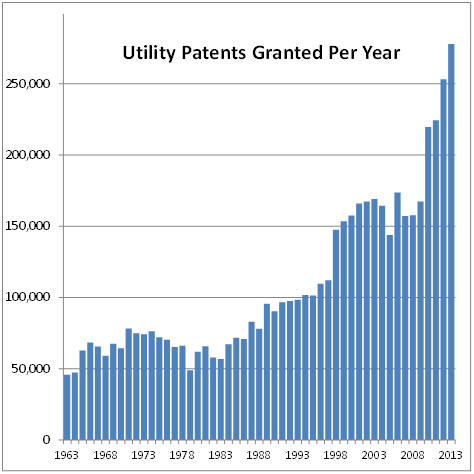

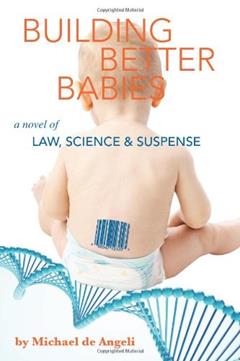 by Dennis Crouch
by Dennis Crouch